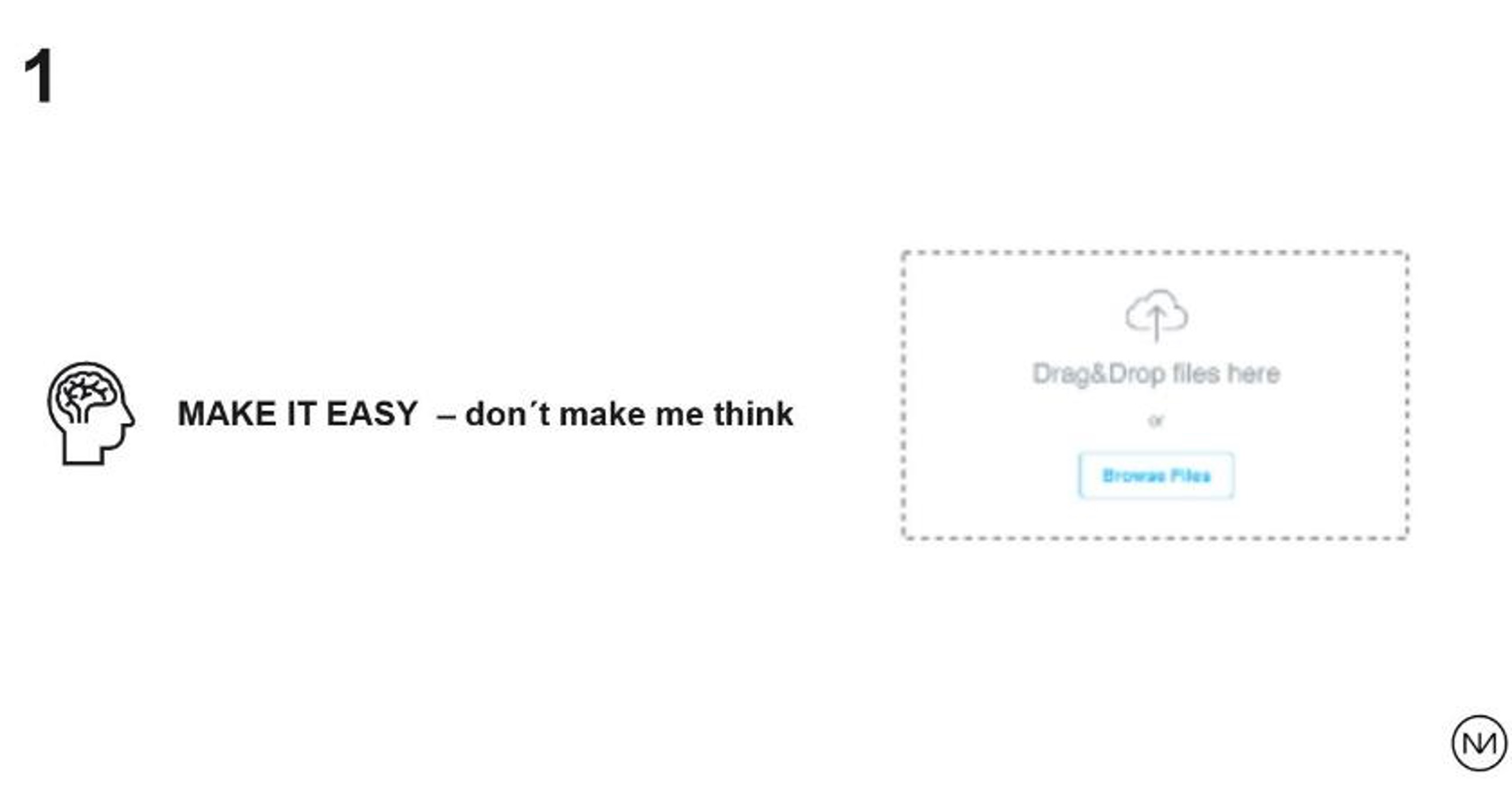This article was originally published on the Mono Blog, Mono Weekly, a blogpost series written by senior specialist within MarTech.
Marketing is the way in which products are advertised and sold to consumers. With each industrial revolution, we have seen shifts in how products, services, and businesses are marketed to potential customers.
We are currently in the Fourth Industrial Revolution, where modern smart technology – such as the internet, artificial intelligence, robotics, and more – help automate traditional manufacturing and industrial practices, as well as marketing. Now, there is a wealth of opportunity for businesses to differentiate themselves from their competitors and create both a unique brand as well as a unique experience for their customers.
However, for a business to truly differentiate itself – and its message – from the crowd, a general understanding of how marketing has changed and where it is headed is needed. Let’s review the four marketing megatrends that have emerged from the industrial revolutions, influencing every modern-day marketeer.
The four industrial revolutions have transformed how we do marketing
From a macro perspective, four trends have dominated marketing: distribution, branding, data, and the customer experience. Each of these trends has been formed and produced by the many industrial revolutions throughout history.
Pick up steam with better distribution
The First Industrial Revolution forever changed how we think of distribution. The invention of the steam engine changed how products were moved from A to B. Nowadays, new changes in distribution have not been in how products are moved, but rather how messages are distributed to audiences.
There has been a shift in which media channels have been used to communicate company messages, especially within the last 10 years. Now, the media landscape is much more fragmented. In Denmark, 61% of the media budget is now spent on digital advertising. Denmark is not alone; this is a worldwide trend.
As a marketeer, or as a small business owner responsible for your own marketing, this means that you will need to navigate and communicate via digital media. This is why a great website has never been more important. Today, social media and Google search results bring customers to your ‘harbor’, or website. Your website is the local data hub.
Brand new branding: From ad to good
With the rise of mass production during the Second Industrial Revolution, all kinds of goods that were once handmade became standardized. And with this standard look and feel of a product, branding was born.
Branding is the art of identity storytelling. The story is often about a company’s products, services, and/or business; and its goal is to make the buyer choose the company over its competitors.
These days, however, branding is no longer just about product functionalities; it also encompasses the purpose of the brand, the product, and/or the business.

Purpose-driven branding, in short, is about communicating the company’s reason for being – aside from making money.
The unique selling propositions (USPs) of products are still important, as are your emotional selling propositions (ESPs), but now your business should have a value proposition.
What does your business stand for? Is your company environmentally friendly and/or sustainable? Does your company support a good cause? Is your company’s stance on social issues well-known? In short: Advertising is no longer enough; you will need good-vertising to stay relevant.
Data – knowledge is power
The Third Industrial Revolution introduced the computer, sparked the development of the internet, and signaled the possibility of automation. With the rise of the information age, online business, or e-commerce, became a reality. Data was created and collected, providing insights and opportunities for sales teams.
Marketeers have started to use data intelligence to target messages to relevant customers; setting up one-to-one dialogues with customers. But how do businesses create this more customized dialogue? The first step is to create a data hub: the website.
Does your business need a powerful database to manage all incoming customer data?
Customer experience – the new marketing
Now, in the Fourth Industrial Revolution, our focus as marketeers is on the customer experience. Never before have businesses cared more about their customers than they do today. Why? Because it’s good business.
Due in large part to online reviews and other user-generated content, brands are no longer in full control of brand communication. Instead, customers now have a huge impact on how well a brand is perceived and received. Therefore, the customer experience is now the bedrock of marketing.
Of course, businesses have known for many years that a happy and satisfied customer is better for the company than the opposite. However, what is new is that businesses can learn much more about their customers with the help of smart technology.
Marketers can create more personalized interactions to facilitate positive customer experiences. On the other hand, customers can also help businesses create better products or services.
Businesses use customer feedback during product development to constantly learn and adjust while creating the next best-in-class product. By addressing early feedback, the company can create a smoother customer experience for their customer base as a whole.
Here are three examples of how to think about customer experience.


Takeaways
The way in which products are advertised and sold to customers has shifted with each industrial revolution. Distribution, branding, data, and the customer experience are central to marketing today.
1: Distribution
As a result of the First Industrial Revolution, distribution became an issue that business owners needed to consider. First in terms of moving products from A to B, and then later, how to communicate company messaging.
These days, business owners need to navigate and learn how to get their messages out to customers via digital media. For a lot of business owners, this is not a core competency. For that reason, small businesses need great agencies to help them; either through a Do-it-for-me or Do-it-with-me approach.
2: Branding
Branding was the result of mass automation and standardization in the Second Industrial Revolution. These days, great branding does not only showcase the product’s functionalities, but it also communicates the purpose of the business, why it was created, and the values it holds dear.
So instead of the look and feel of the product, it is now about how the product or service makes the customer look and feel by buying your product or service. Are they supporting a business that aligns with their values?
3: Data
The rise of computers in the Third Industrial Revolution went hand-in-hand with data collection. Data provides us with insights into what is happening, why it is happening, where it is happening, and by whom.
Small businesses can tap into this data and try to increase sales through smarter, more targeted messaging. To do this, a small business owner needs a data hub. The data hub for a small business owner is their website.
4: Customer experience
Customer experience is the new marketing. Keeping customers happy has historically been a central component of marketing. However, with the rise of smart technology in the Fourth Industrial Revolution, businesses now have an opportunity of creating a better understanding of each and every customer and can do more to keep the experience positive.
Businesses can give customers feedback at every stage: from product ideation to received product to customer service. This can help reduce friction and improve the overall customer experience.

